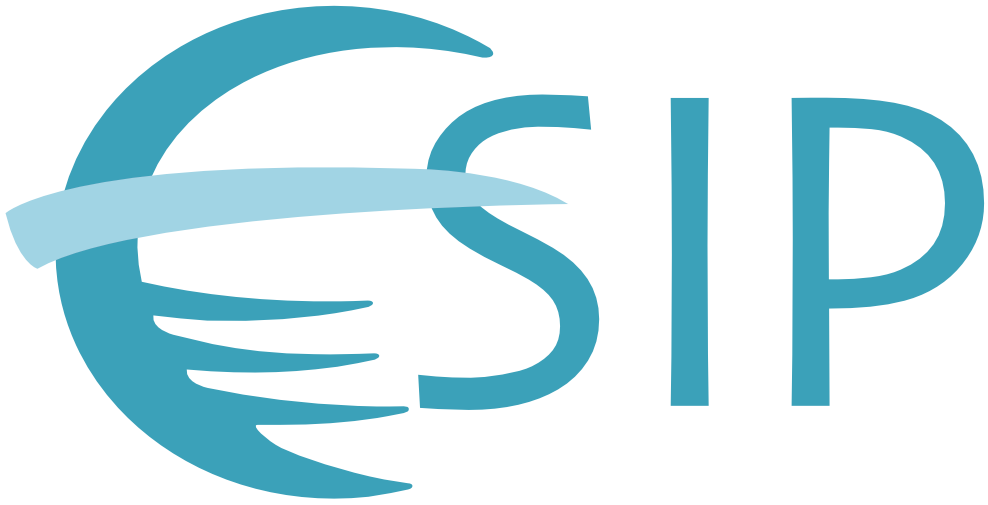In 2007, I went to my first ESIP Summer Meeting. It was in Madison, WI. I was in graduate school at Washington University in St. Louis. In my role as a graduate student I supported the ESIP Air Quality cluster, which was co-led at the time by my advisor, Dr. Rudy Husar and another staff member in our lab, Dr. Stefan Falke. As a graduate student, I was the recipient of FUNding Friday award for Air Twitter.
In November 2010, I finished my Masters Degree in Energy, Environmental and Chemical Engineering and I got a job with ESIP as the Community Director.
In March 2014, Carol Meyer, the Executive Director of ESIP, left and after a full search, I was hired in November 2014 as ESIP’s third Executive Director. I served two three year terms as ESIP’s Executive Director and left at the end of the 2020 fiscal year, at the end of September 2020.
During my tenure, I initiated several programs that still exist:
– ESIP Community Fellows is a program that pairs graduate students and recent graduates with ESIP collaboration areas. It is modeled after my experience as a graduate student in the Air Quality cluster.
– Ignite@AGU – A fast-paced evening event at AGU Fall Meeting. I launched in 2011 and it turned 10 last year, in 2021.
– Data FAIRs and the Data Help Desk – Two outreach events that I launched at AGU Fall Meeting. The Data FAIR came first and was a set of three afternoon panels, originally in the exhibit hall, that have since migrated to Town Halls. The Data FAIRs are meant to be very practical for researchers and answer real software and data questions that they have. We then added the Data Help Desk to the exhibit hall which allowed ESIP partners to staff the desk and interact directly with researchers, provide demos and get a sense of what the pain points are. This is led expertly by Megan Carter, ESIP’s community director.
– Meeting planning and facilitation – I planned and supported all ESIP meetings starting in January 2011 through July 2020. All meetings had a virtual component, not just when COVID-19 stopped in person meetings. In the spring of 2020, I led the transition from our in person meetings to virtual. I chose to utilize Qiqochat, which is still used by ESIP and other meetings they support, Zoom and I transferred the money we would have spent on travel to support facilitation training and the contract for that went to Charley Haley. Megan and Charley recently co-authored a blog on meeting tips which is fantastic advice.
– ESIP Lab – I co-developed the ideas for the ESIP Lab with current Lab director, Dr. Annie Burgess. With NASA, we built out the Tech evaluation component of the Lab. Annie has expertly grown the Lab into a valuable resource that the ESIP sponsors NASA, NOAA and USGS all leverage for incubating ideas.
Beyond these programs, the ESIP team grew to between 3 and 5 members and we used holocracy for governance. I left ESIP with renewed support from all of our federal partners – NASA, NOAA and USGS and for NASA and USGS this support was for five years. I supported ESIP partnerships with AGU, EarthCube and establishing the E2SIP organization in Australia, as the 2nd ESIP and the Earth and Environmental Science Information Partners
